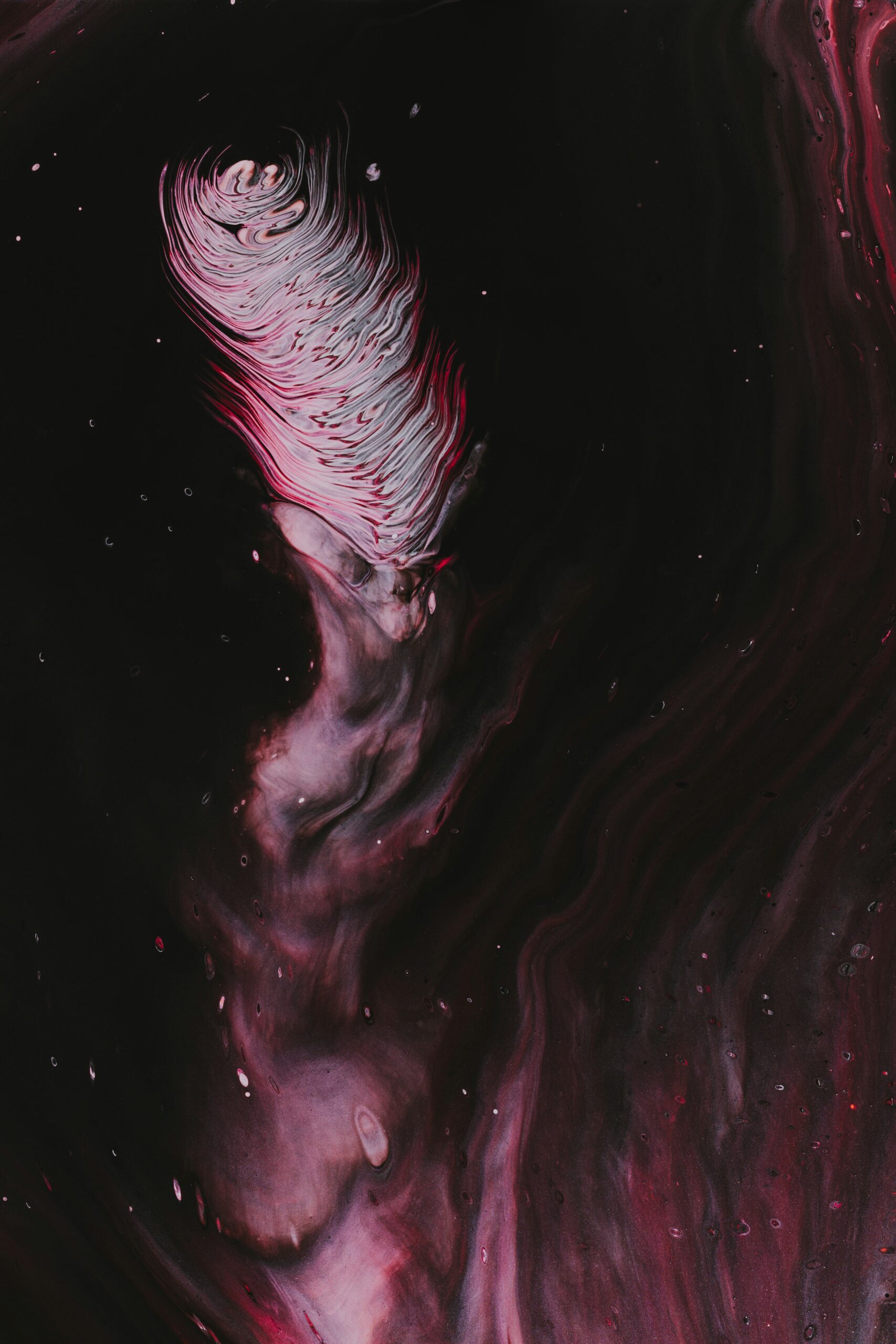Light is the first inhabitant of every dwelling. Long before furniture or memory arrive, light defines the temperament of space. Where it rests, awareness gathers. Where it withdraws, the mind also retreats. Architecture, at its highest expression, is the discipline of light — the shaping of matter to allow consciousness to appear in form.
The luminous house begins as an idea within the inhabitant. Its foundation is not concrete but clarity. The builder who lacks inner order reproduces confusion outwardly. Every line drawn on a plan is a sentence in the language of intention. What is built in matter has already been built in mind. A wall is a decision made solid; a window is an act of faith in transparency. In this sense, a dwelling is an autobiography of its maker’s perception — the externalization of what that consciousness believes reality to be.
A space becomes luminous when its geometry, materials, and proportions permit the free circulation of awareness. Such places seem to breathe with their own intelligence. They contain silence without heaviness, intimacy without enclosure. The air feels articulate; objects hold presence without possession. The reason is energetic alignment: form and function correspond so precisely that nothing leaks or collides. Every angle becomes a conduit, every plane a mirror, every volume a modulation of density through which energy ascends.
Luminous design does not belong to one culture or style. It can be expressed in the austerity of a monastic cell or the amplitude of a sunlit courtyard. Its essence is a proportion between solidity and permeability. When matter and void are balanced, perception oscillates freely between inner and outer worlds. The inhabitant senses continuity between body, room, and landscape — a feeling that existence is seamless, unbroken by walls or names.
Color in the luminous house behaves like temperature rather than decoration. Pale surfaces expand light into thought; darker ones draw it inward for contemplation. Texture serves as punctuation, teaching the senses to vary their pace. Even sound participates in architecture — the measured way footsteps answer the floor, the resonance of one’s voice in a given chamber. Nothing is accidental; everything contributes to the conversation between awareness and its environment.
In such a house, time also changes quality. Because perception meets less resistance, hours lengthen. The eye lingers. The body adjusts to slower cadences. The mind, released from its constant search for stimulus, begins to perceive subtler rhythms: the migration of shadow, the hum of unseen air currents, the tonal difference between morning and afternoon. The inhabitant no longer occupies the home; they co-exist with it in a reciprocal rhythm of presence.
This luminosity is not luxury. It requires no ornament, no rare material, no proof of wealth. It is achieved through proportion, through the discipline of restraint and the understanding of silence. A luminous space can be assembled with ordinary materials if attention has been purified of noise. The secret lies in precision: the exact placement of form in relation to the invisible. Even a single candle in alignment with its surroundings can illumine an entire interior with grace.
The true luminous house extends beyond its walls. Its energy radiates subtly outward, influencing the landscape around it. Birds rest on its eaves; plants thrive in its light; visitors unconsciously lower their voices. It becomes a node of equilibrium within the larger field of the world. Just as the well-built body supports the circulation of vitality, the well-built home supports the circulation of consciousness in its vicinity. Matter, once refined, ceases to be obstacle and becomes transmitter.
The inhabitant of such a space gradually undergoes a parallel transformation. As the house learns to hold light, the mind learns to perceive more finely. One becomes less tolerant of noise, excess, or false proportion — not through aversion, but through recognition that harmony has its own gravity. Disorder feels heavy because it resists this gravity. The luminous house is both a mirror and a teacher, quietly educating its dweller toward equilibrium.
Ultimately, the architecture of light is an architecture of being. It asks of us the same precision we demand of structure: that thought be straight, emotion clear, intention coherent. When inner and outer orders coincide, space itself begins to speak — not in symbols, but in presence. One feels not merely at home, but aligned with the nature of existence. The walls seem transparent to meaning; the world feels freshly drawn.
The luminous house is therefore not a style, nor a theory of design. It is a condition in which matter and consciousness recognize each other. To build, arrange, or simply dwell with this awareness is to participate in creation’s ongoing articulation of form. The work never ends, because light never stops moving. It travels through every substance, searching for surfaces willing to reflect it. When the home becomes such a surface, life itself brightens.

